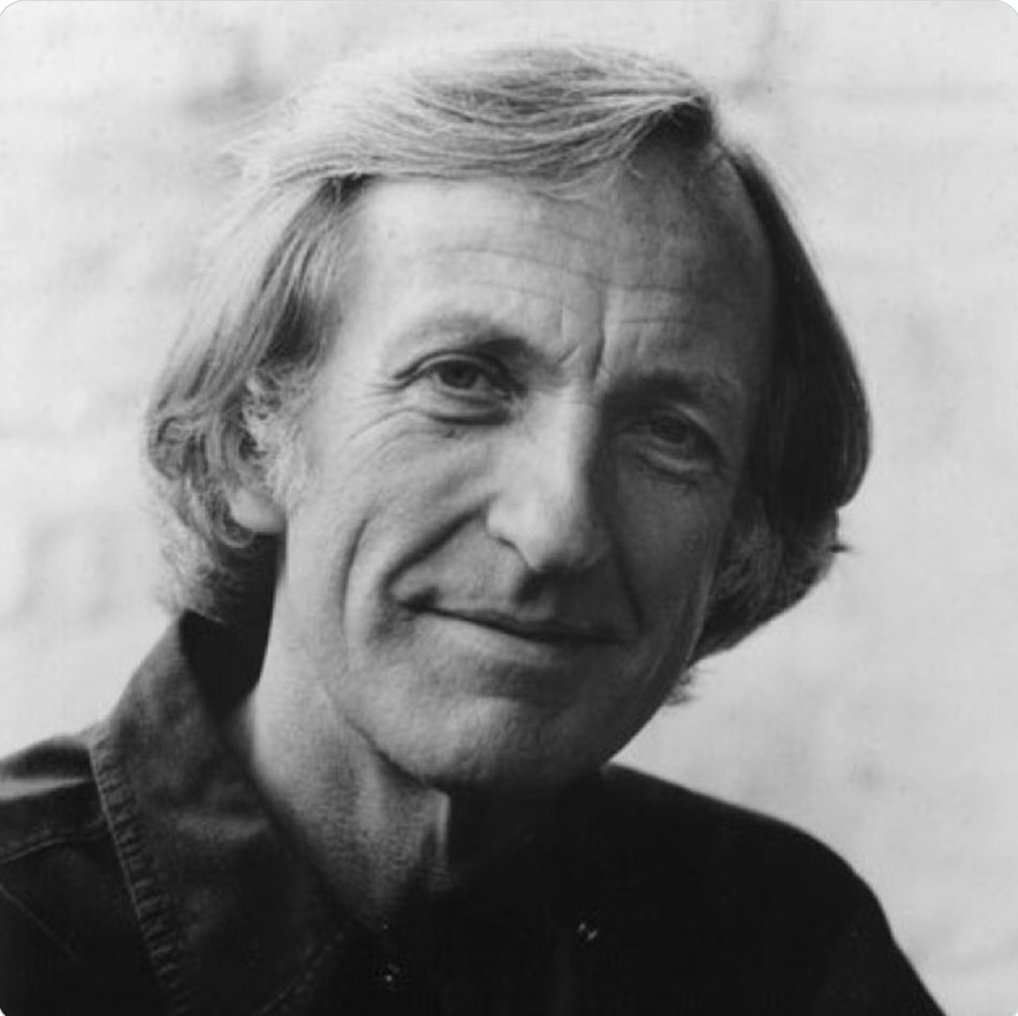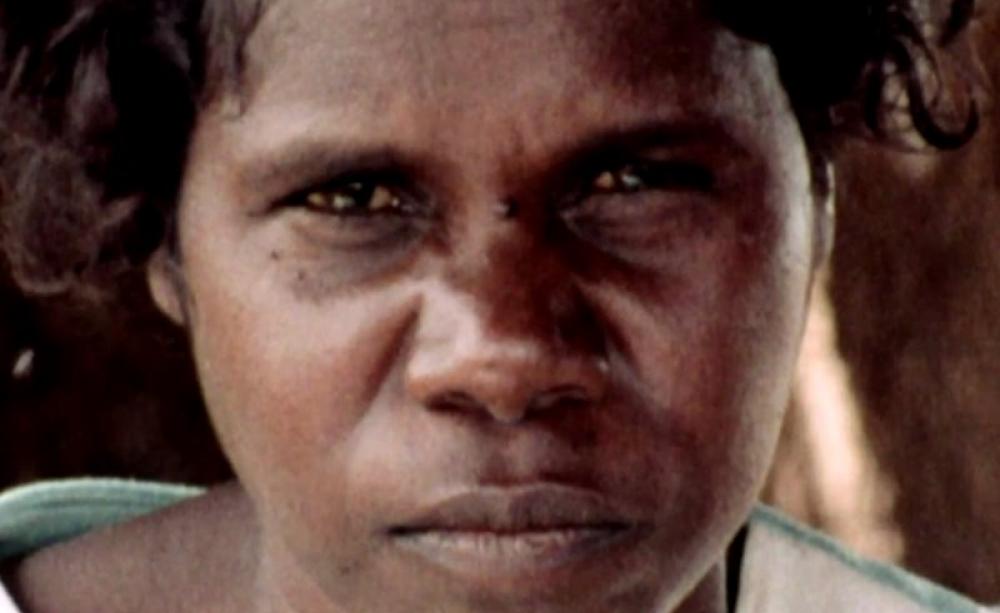Aboriginal children today have the same life expectancy as white children in 1900. Yet most Australians can’t understand why there was an uprising in Sydney this year.
On 8 July, BBC2 showed an outstanding documentary called The Boy from the Block, which deserves to be repeated. It is about Australia and opens with a picture-postcard view of a beach and its board riders and bikinis, and progresses to the popping of corks at a smart Sydney art gallery. Here is the Australian bourgeoisie at its most relaxed: drinking good wine, partaking of culture and making money.
A young woman is asked what she likes most about Aboriginal art, which the gallery is featuring. “Oh, it’s a great investment,” she says. “For me, it’s like superannuation.” The camera pulls back to show the Aboriginal artist, the guest of honour, surrounded by white art lovers. Everyone is smiling. If you are a talented Aboriginal artist, says the voice-over, everyone wants to be your friend. If you are not like her, almost no one wants to be your friend.
The reporter is David Akinsanya. I heard about his film when I was in Sydney earlier this year. He is a black Briton with a way of reporting that is devoid of television’s cliches and veiled insincerity. In his film, he achieves what his Australian equivalents rarely do – that is, the few who try. He tells the truth about the heartbreaking, shaming treatment and abandonment of Aboriginal Australia.
On a hot, steamy morning last February, only a few miles from the Harbour Bridge and the Opera House, Thomas Hickey died: 17-year-old Thomas, or “TJ” as he was known in the Aboriginal community of Redfern, was chased by police, lost control of his bike and was impaled on an iron fence. The police deny that version, and not a single Aborigine believes them.
The Block is an Aboriginal ghetto where the police impose a siege; few Aboriginal youngsters walk down the street without being stopped; almost all of them have been arrested. Aborigines comprise less than 3 per cent of the Australian population, and 60 per cent of the inmates of the country’s prisons; once inside, many die by their own hand and some are beaten to death. Aborigines on average live more than 20 years less than the average white Australian. As Akinsanya points out, Aboriginal children like TJ’s four young sisters have the same life expectancy as white children in 1900. Alan Madden, an Aboriginal elder, tells him: “When you come to Redfern, if you can’t find a blackfella that’s related to you, they’re either dead or in jail.”
So TJ’s violent death was not unusual. What followed was extraordinary. Aboriginal youths in the Block erupted, setting fire to Redfern railway station and showering lines of riot police with Molotov cocktails and stones. Sydney is not Los Angeles; Sydney is relaxed, as people keep saying, which means that most whites can go about their business without laying eyes on a black Australian, let alone having to think about righting a historic wrong. Visitors to Australia are often taken aback by the callous dismissal of the largely invisible indigenous population.
The uprising on the Block disturbed this, temporarily. There was outrage (“Bulldoze the Block,” said the leader of the state opposition) and there was hand-wringing. Articles appeared describing the deprivation; church leaders spoke out. Then silence again. A fortnight later I joined Gail Hickey, TJ’s mother, and other Redfern people at a rally outside the New South Wales parliament in the centre of Sydney. Lyall Munro, a tireless, eloquent activist who sees political solutions to the problems of Aboriginal Australia, read out a list of positive reforms that dealt with housing, policing, corruption. Not a word was reported in the city’s major newspaper, the Sydney Morning Herald.
On 30 March, the Australian Broadcasting Corporation’s flagship current affairs series, Four Corners, broadcast an “investigation”, Riot in Redfern. The reporter urged teenagers to “confess” their part in the riot and so incriminate themselves, and all but accused Munro of having actively encouraged the violence. No real evidence was offered, but the implication was familiar enough: once again, black Australians were to blame for their own despair. No attempt was made to explain the roots of Aboriginal rage or, as Munro put it in the BBC film, “the shit that our young people have been copping most of their lives”; or the suicides, or the drug-taking, or the legacy of an entire generation stolen from their families. The divisions among Aborigines were highlighted, or exploited, but not explained. Watching it, white Australians could shake their heads and resume their relaxation.
David Akinsanya’s film is the opposite. It shows the generosity of spirit and warmth of Aboriginal families such as the Hickeys. It astutely presents whites with their own prejudices. Steve Price, a Sydney radio presenter, speaks up for “white Anglo-Saxons” when he asks almost plaintively: “Why can’t Aborigines be more like us?” In spite of a constant presence in Redfern, the police make remarkably few arrests for hard drugs. “They turn a blind eye,” Akinsanya says. “Many Aborigines suspect that the police would rather allow Sydney’s most notorious drugs market to be contained in a block where Aborigines live than allow it to spread to other areas of the city.”
This is how many US police forces “contain” the spread of hard drugs in black ghettos. The result, as a senior police officer in Detroit once explained it to me, is that young blacks are “contained” in a prison that is as much on the outside as on the inside.
Two months after TJ’s death and with the hand-wringing long over, the federal government of John Howard announced the abolition of the only independent, elected national Aboriginal institution funded by Canberra. This is the Aboriginal and Torres Strait Islander Commission, which is accused of being “flawed” and wasting good tax dollars. The commission funds 36,000 places in an employment programme; it has programmes in healthcare, education, sport and culture. These will go. The government also plans to dismantle the Aboriginal Legal Service, which will mean that thousands of Aboriginal offenders will be refused legal assistance.
In the run-up to the Millennium Olympics in Sydney, the United Nations Committee on the Elimination of Racial Discrimination distinguished Australia with its first adverse finding on racial discrimination against a western nation. Coming almost routinely from Amnesty and other human rights groups, the opprobrium has the echo of that directed against apartheid South Africa. The numbers make the difference. You can visit Australia and go to the beach and the opera and a smart art gallery and never be reminded of this society’s darkest secret. In the BBC film, Ray Vincent, an Aboriginal elder, looks at the camera and says: “It’s all part of the anger that’s within me all my life.”



